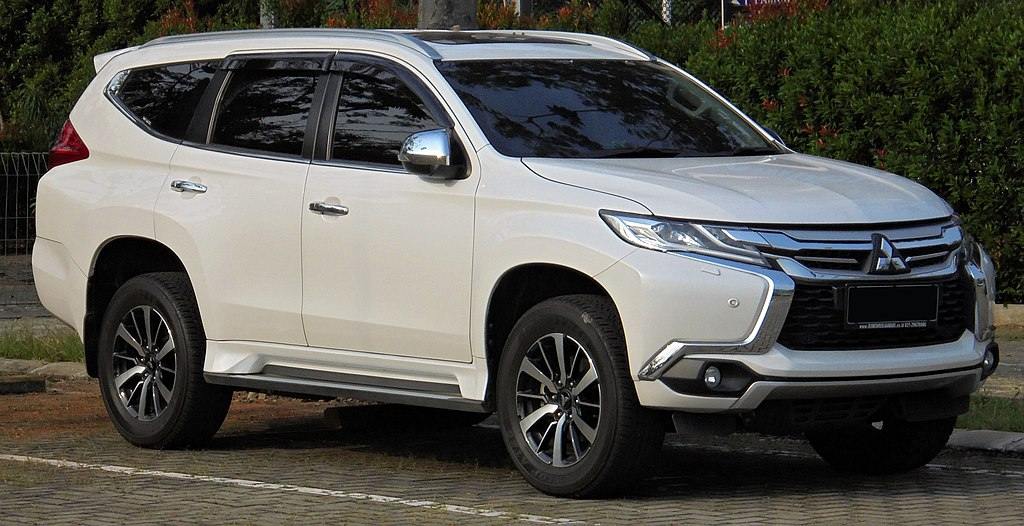Whether you want to purchase an SUV, jeep, or truck, you will most likely find two kinds of drivetrains —4×4 and 4×2. What does 4×2 mean on a car? What does 4×4 truck mean? How do these two drivetrains differ from each other? Let’s find out.
Contents
Definitions of 4×4 and 4×2 Drivetrains
The drivetrain of a vehicle determines the amount of drive or torque to be delivered to certain wheels. In the case of a 4×4 or four-wheel vehicle, the drivetrain sends torque to all four wheels. Most variants of trucks and SUVs come with a 4×4 drivetrain. Some jeep models, such as Jeep Wrangler and Ram Power Wagon, also use this drivetrain.
What is 4×2 drivetrain? It sends torque to only two wheels (either front or rear) instead of all four. What is a 4×2 truck? Well, the 4×2 drivetrain’s working mechanism is the same for all types of vehicles, be it a truck, jeep, or SUV. This drivetrain is more common than the 4×4 layout.

Still wondering what does 4 x 2 mean? To make it simpler, it can be described as a two-wheel-drive with four wheels. So, only two rear or front wheels are driven (usually the rear wheels) in vehicles having this drivetrain. In fact, all rear-wheel-drive and front-wheel-drive vehicles are 4×2.
What Is the Difference between 4×4 and 4×2?
There are quite a few variables to consider when you want to choose between a 4×4 and 4×2 vehicle. Both types have their unique advantages and downsides, so you should choose the one that fits your travel requirements.
Road Performance
All 4×4 vehicles provide excellent performance on off-road tracks and adverse weather conditions. The drivetrain provides superior traction and stability on treacherous roads. These vehicles are safer options on icy or watery roads and in rain and snow. Because of having the extra drivetrain components, a 4WD is a bit harder and more complicated to drive. However, if you need to take rides in off-road conditions frequently, buying a 4×4 SUV or jeep makes the perfect sense.
All 4×2 vehicles are good for city roads and highways. If you want a car for daily commuting, these are better choices than a 4×4. They offer improved handling and are easier to drive because of better weight balance than 4×4 vehicles. However, if you live in a cold place that remains snowy for most of the year, it will be practical to buy a 4×4.
Towing Capacity
A 4×2 car will be the clear winner if you consider the towing capacity. Due to their lighter weight, such vehicles provide superior towing performance.
As expected a 4×4 vehicle lags behind a 4×2 model regarding towing capacity. It is because these models have a heavier construction that does not help with carrying a weighty payload. However, their towing capability improves on rough terrains and slippery inclines. They are simply the best for towing something on a slipway or mountain road. A 4×2 car is simply useless in these conditions.
Price and Expenses
A vehicle with a 4×4 drivetrain is more expensive than a similar vehicle with a 4×2 drivetrain. The starting models of these types have at least a $1,000 to $3,000 price difference between them. Four-wheel-drive vehicles also demand a higher maintenance and repair cost.
Because of the higher price and upkeep expenses, insurance companies also charge higher premiums for 4×4 vehicles. In this regard, the owner of a two-wheel-drive will be in a more advantageous position because insurance providers charge less for these vehicles reckoning that they are less exposed to the risk of accidents. So, buying car insurance (which every car owner should do) will cost the owner of a 4WD vehicle more money.
SEE MORE
Fuel Economy
The 2WD is the obvious winner here since it is lighter and engages only two wheels when driving. Contrary, a 4WD is heavier, so it consumes more fuel than a 2WD.
A low fuel efficiency further adds to the cost of already expensive 4WD vehicles. If you still want to own this type, keep in mind about all these extra costs.
Conclusion
While 4×2 or 2WD has some negative features, they won’t matter much in a climate that is warm and sunny. So, if your living area hardly experiences snow and ice, you should go for a 4×2 vehicle. It is also less expensive and more suitable for people living in an urban area. On the other hand, a 4×4 or 4WD is great for harsh climates. It also provides excellent performance in mountainous regions and roads that have sharp inclines. If you are bothered about its high price and high maintenance expenses, choose a 4×4 SUV.



